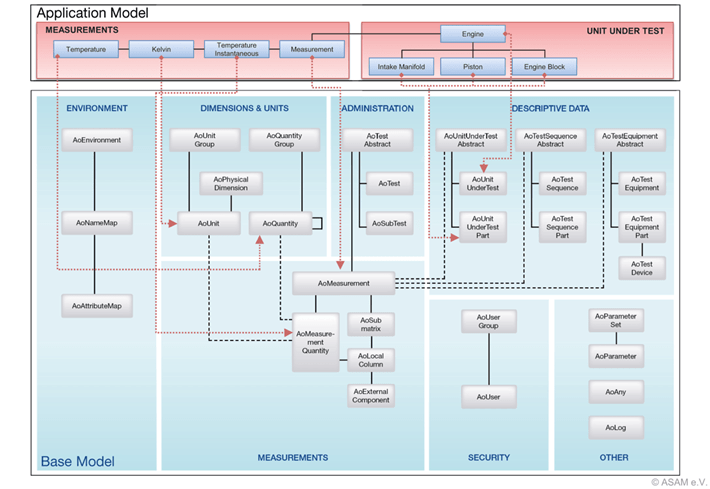What is a data model?
When storing data, the main thing is to define the layout of the data in such a way that it can still be accessed years later. Therefore, for a future-proof data management system, it is essential to define the entities with their attributes, constraints, and relationships to each other to ensure future data understanding.
Definition of entities and relationships
Defining entities and relationships is not new. Entity relationship models have been around more or less since the beginning of the relational database era. And the key parts are:
- Defining the entities that exist in your data management system
- Defining the attributes of those entities with their corresponding data types and constraints
- Defining the relationships between those entities
Entities, including their attributes and relationships, are sometimes also referred to as metadata.
From entity relationship models to a data model
Once entities, attributes and relationships are defined, the next important question is: what do these entities and attributes mean? For example, if you need to identify the entities that are used to define a unit catalog and which of the associated attributes are factor and offset in case you want to perform a unit conversion on your measurement data.
In this case, semantics comes into play to define the meaning and interpretation of the data. Furthermore, by adding a data context and catalogs for recurring content, you have already defined a data ontology – and all of this together is what we call a data model.
Use the ASAM ODS industry standard to define your data model
ASAM ODS is an industry standard that provides a base data model and rules for deriving an application data model, thereby defining an ontology for test and measurement data management.
👉 Explore the ASAM ODS Base Model interactively and browse the building blocks of your future application model.
Define your application data model in this way, derive entities from predefined base entities and base properties, and thus solve the problem of identifying entities and attributes and add the necessary semantics. This makes your data immediately suitable for further analysis and even integration into AI systems.
We would be happy to assist you in creating your data model – get in touch with us!
Connected solutions
Click on the links to get more information about the individual components
Peak Test Data Manager
Manage test and measurement data from different test bench and simulation environments with Peak Test Data Manager and connect your analysis and AI tools.
Peak ODS Server
ASAM ODS data management kernel. Ensuring data quality and data context through predefined data models
Related topics
What is ASAM ODS?
The ASAM ODS standard defines APIs and formats for storing and retrieving test and measurement data.
Open Source Projects
Find out more about Peak Solution's commitment to open source projects.

